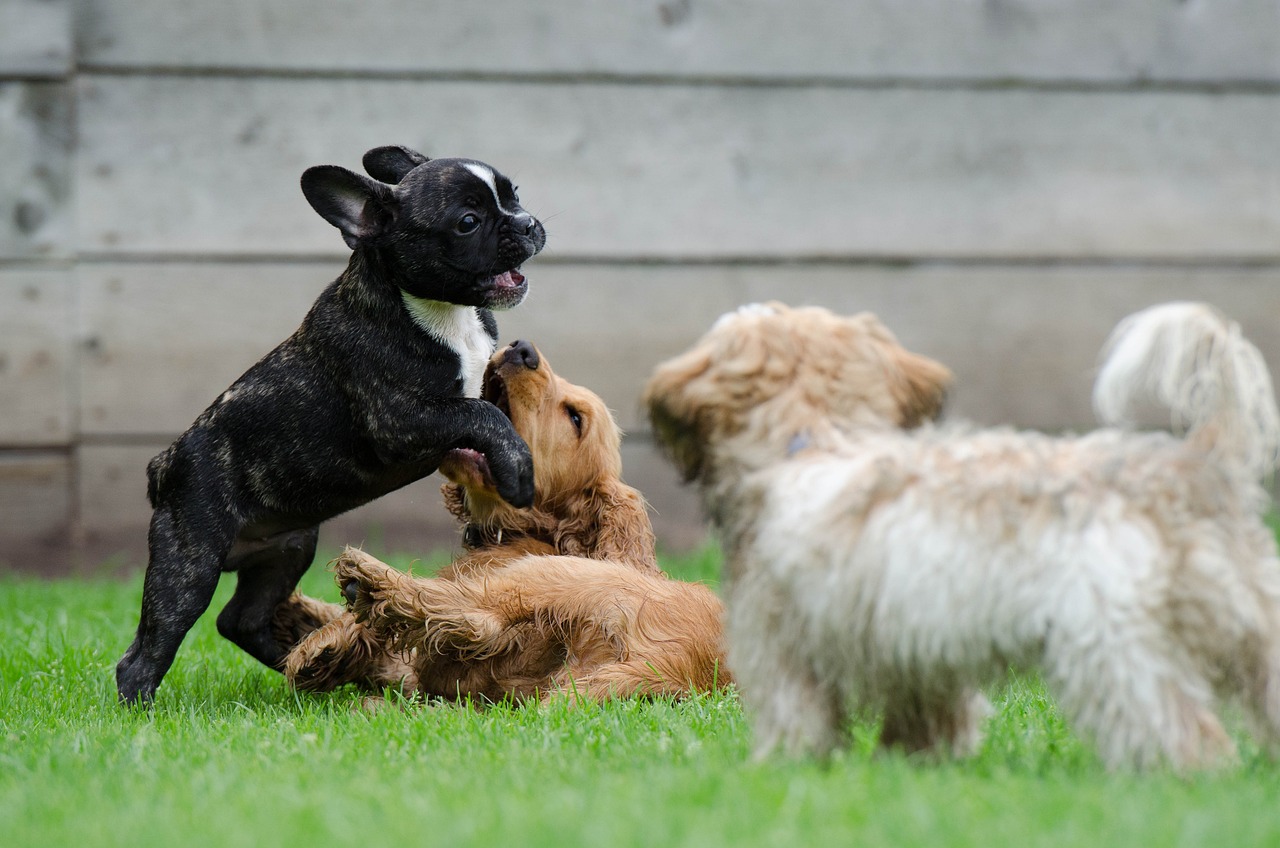As winter approaches, many dog owners find themselves concerned about how to keep their furry friends warm and comfortable during the chilly months. Dogs, like humans, can be sensitive to cold weather, and it’s essential to take the necessary precautions to ensure their well-being. From choosing the right clothing to understanding the signs of discomfort, there are several ways to protect your canine companion from the harsh elements. Let’s explore in detail below.
Understanding Your Dog’s Cold Tolerance
Factors Influencing Cold Sensitivity
Different breeds of dogs have varying levels of tolerance to cold temperatures. Smaller breeds or those with short coats often feel the chill more acutely than larger, thicker-coated breeds. Additionally, age, health status, and body fat can also influence how well a dog handles low temperatures. Puppies and senior dogs tend to be more vulnerable due to their less robust immune systems, while dogs with certain medical conditions may also require extra care during winter months.
Recognizing Signs of Discomfort
It’s crucial for dog owners to be vigilant in observing their pets for any signs of distress in cold weather. Common indicators include shivering, whining, or attempting to burrow into clothing or blankets. If your dog is reluctant to go outside or seems anxious during walks, these may be signals that they are uncomfortable in the cold. Understanding these cues can help you take timely action to ensure their comfort and safety.
Breed-Specific Considerations
Certain breeds are inherently better suited for colder climates due to their physical characteristics. For instance, Huskies and Malamutes have thick fur coats that provide insulation against frigid temperatures. In contrast, breeds like Chihuahuas or Dachshunds may require additional protection when venturing outdoors. Researching your dog’s specific breed can provide insights into their cold tolerance and help tailor your care approach accordingly.
Choosing the Right Winter Gear
Types of Dog Clothing
Investing in appropriate winter attire for your dog can make a significant difference in their comfort level during outdoor activities. Options include insulated jackets, sweaters, and even booties designed to protect paws from ice and salt. When selecting clothing, consider factors such as fit, material, and ease of putting on and taking off. A well-fitted coat not only keeps your dog warm but also allows for freedom of movement.
Benefits of Dog Booties
Dog booties are particularly beneficial during winter months as they protect your pet’s paws from harsh elements such as snow, ice, and salt that can cause irritation or injury. Look for booties with non-slip soles for better traction on icy surfaces. Ensure they fit snugly without being too tight; this will prevent them from falling off while allowing your dog to walk comfortably.
Selecting the Right Size
Finding the correct size is essential when it comes to winter gear for your dog. Measure your dog’s chest girth, neck circumference, and back length before purchasing any clothing or accessories. Many brands provide sizing charts that help you choose the right fit based on these measurements. A proper fit ensures that the clothing serves its purpose without hindering mobility.
Creating a Cozy Indoor Environment
Warm Sleeping Areas

Providing a warm sleeping area is crucial for keeping your dog comfortable indoors during colder months. Use thick blankets or heated pads specifically designed for pets to create a cozy space for them to curl up in. Placing their bed away from drafts—like near windows or doors—can further enhance their comfort level while they rest.
Temperature Regulation Tips
Maintaining an optimal indoor temperature is vital during winter months. If you use heating systems like radiators or central heating, ensure that there are safe areas where your pet can escape if they feel too hot. Dogs often seek warmth by moving closer to heat sources; however, it’s essential to monitor them closely to prevent overheating.
Engaging Indoor Activities
When outdoor playtime becomes limited due to extreme cold, finding engaging indoor activities can keep your dog stimulated both mentally and physically. Puzzle toys filled with treats can provide entertainment while encouraging problem-solving skills. Interactive games like hide-and-seek or tug-of-war can also help burn off excess energy without needing to brave the cold outdoors.
Winter Health Precautions
Nutritional Needs During Winter
As temperatures drop, some dogs may require adjustments in their diet due to increased energy expenditure needed for staying warm. Consult with your veterinarian regarding whether you should increase food portions or switch to higher-calorie options temporarily during colder months. Ensuring proper nutrition supports overall health and helps maintain body temperature effectively.
Regular Vet Check-ups
Scheduling regular veterinary check-ups becomes especially important in winter months when health issues may arise due to environmental stressors such as cold weather or dry indoor air conditions. Your vet can offer advice tailored specifically for your dog’s needs regarding vaccinations and preventive measures against common winter ailments like frostbite or hypothermia.
Hydration Awareness
Keeping your dog hydrated is just as important in winter as it is in summer; however, many pet owners overlook this aspect when it’s colder outside. Ensure fresh water is always available since dehydration can occur even in cooler temperatures due to dry air from heating systems indoors. Monitor water intake regularly and encourage drinking by offering water at room temperature if necessary.
Outdoor Safety Measures
Laying Out Safe Walking Routes
When walking your dog during winter months, it’s essential to plan safe routes that minimize exposure to icy patches or heavily salted sidewalks which could irritate their paws. Opt for paths covered with snow rather than salt-treated areas whenever possible, as this reduces potential harm while still allowing enjoyable outings together.
Time Management During Walks


Limiting the duration of outdoor walks can be beneficial in extremely low temperatures—especially if you notice signs indicating discomfort from your pet during outings such as shivering or reluctance towards continuing forward movement outside! Shorter yet frequent walks allow them sufficient exercise without risking overexposure.
Paw Care After Outdoor Adventures
After returning home from outdoor excursions, it’s important to check your dog’s paws thoroughly for any signs of injury caused by ice buildup between toes or exposure-related issues such as redness/irritation around pads! Gently wipe down their feet using warm water cloths afterward so that residual salt does not remain trapped within sensitive skin areas causing further discomfort later on!
Socialization During Winter Months
Finding Indoor Playgroups
Socialization plays an important role in a dog’s well-being regardless of the season! Seek out indoor playgroups where dogs can interact safely away from harsh weather conditions while enjoying each other’s company! Many local pet facilities offer supervised sessions tailored specifically toward socializing pets amidst inclement weather conditions throughout winter seasons!
Organizing Playdates with Friends’ Pets
Another way you can keep your furry friend engaged socially involves organizing playdates with friends who also own dogs! This arrangement encourages interaction within familiar environments ensuring both pets feel comfortable bonding together despite chilly outdoor conditions preventing traditional meetups outside!
Curbing Boredom Through Training Sessions
Winter provides ample opportunities not only for socialization but also enriching training experiences! Utilize this time indoors wisely by working on obedience commands tricks enhancing mental stimulation while strengthening bonds between owner-pet relationships simultaneously! Regular practice helps maintain focus alongside providing necessary outlets preventing boredom-induced behaviors resulting from inactivity!
Final summary
In conclusion, understanding your dog’s cold tolerance is essential for their well-being during winter months. By recognizing factors that influence sensitivity to cold, providing appropriate winter gear, and ensuring a cozy indoor environment, you can help keep your furry friend comfortable and safe. Additionally, staying vigilant about their health needs and socialization opportunities will contribute positively to their overall happiness during the colder season.
Further study materials
1. Research various dog breeds and their specific cold tolerance levels.
2. Explore different types of winter dog clothing and accessories available on the market.
3. Learn about signs of discomfort in dogs during cold weather.
4. Read up on the importance of nutrition adjustments during winter months.
5. Investigate local indoor playgroups or training sessions for dogs during the winter season.
Summary of essential points
This guide emphasizes the importance of understanding your dog’s ability to cope with cold temperatures, considering factors like breed and health status. It highlights how to recognize discomfort signs, choose suitable winter clothing, create a warm indoor environment, maintain hydration, and ensure safe outdoor activities. Additionally, it encourages socialization through indoor playgroups and training sessions, helping dogs stay engaged throughout the winter months.






